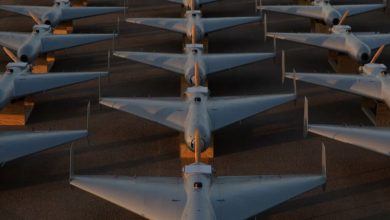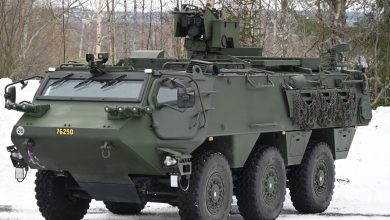France Receives Two New H225M Caracal Helicopters

France’s defense procurement agency has delivered two H225M Caracal helicopters to the air and space force.
The aircraft are the first two of eight H225M Caracals ordered in April 2021 from Airbus Helicopters.
Compared to previous versions, the new helicopters feature improved operational capacity.
Upgrades include increased detection with cutting-edge optronic cameras, a modernized cockpit, and a more precise GPS navigation system.
Additionally, the French Caracals are equipped with new radios, electric winches, and additional orientable headlights for night operations.
With this latest delivery, France now has a total of 21 Caracal helicopters.
Of these, 13 are assigned to the air and space force, while eight are allocated to the army.
The new aircraft will replace the French Air and Space Force Puma fleet in Guyana, New Caledonia, and Djibouti.
Features
The Caracal is a versatile twin-engine aircraft designed for various missions, including combat search and rescue, tactical transport, and medical evacuation operations.
It has a wingspan of 16.2 meters (53 feet) and a length of 19.5 meters (64 feet).
It weighs 7.2 tonnes (15,873 pounds) and can take off at a maximum weight of 11 tonnes (24,251 pounds).
The rotorcraft can transport up to 28 troops and conduct medical evacuations with 10 stretchers and five medical personnel.
It reaches a top speed of 324 kilometers (201 miles) per hour, a maximum altitude of 6,000 meters (19,685 feet), and can support in-flight refueling operations.
The Caracal can also integrate various systems and weapons, including two 7.62 mm MAG 58 machine guns on the portholes and a 20 mm SH20 cannon.





